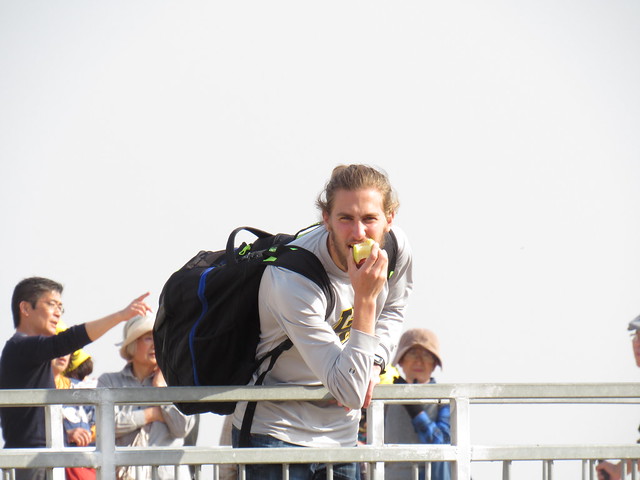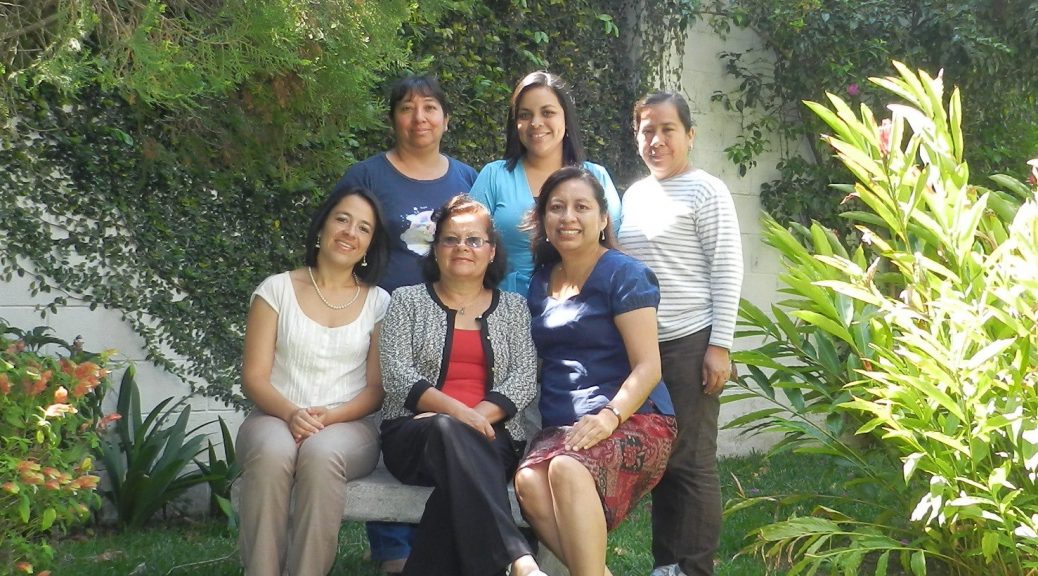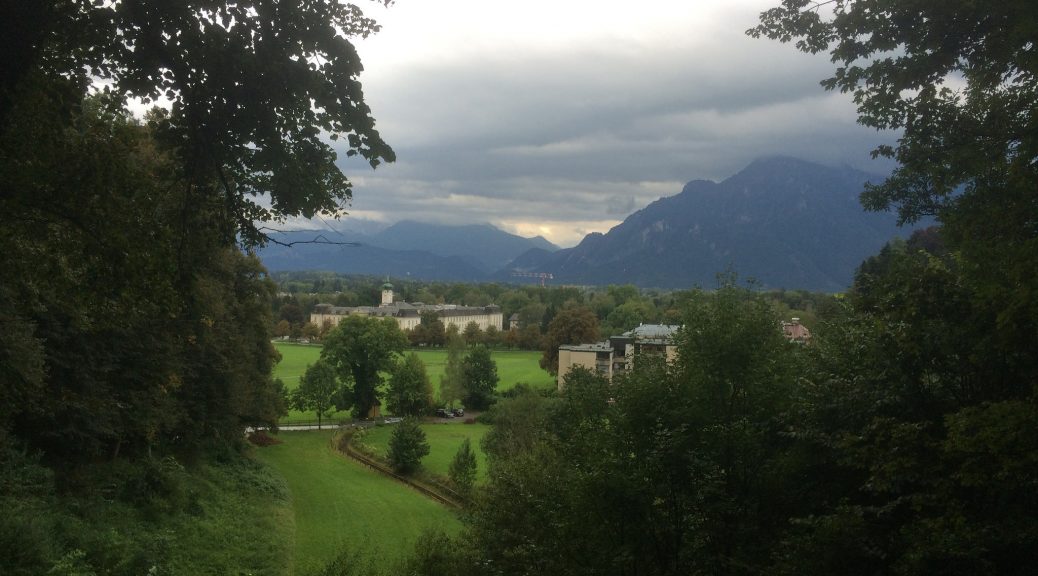
Tag Archives: featured
From Cairo to Luxor to Sinai
1/25/2017
Hello from Jordan!
This is our first night in a country other than Egypt, and it is safe to say that we are all excited to see what adventures this new place holds. But first, here is a quick summary of our time in Egypt.
When we first arrived in Egypt, we drove through crowded, loud streets … Continue Reading ››
CASAS – Getting Started
Hello readers of EMU, who hope to read about our adventures! You should be excited to know that we landed safely in Guatemala and are currently with our host families. First a little bit about our trip over. We flew from Dulles Airport to San Salvador in a flight of nearly 4 hours. From there … Continue Reading ››
Dancing around chandeliers and the familiar
December 11, 2016
When I arrived in London’s Heathrow Airport, I experienced one of the most significant culture shocks of the trip. I went to the cashier, prepared to pay for my salad and smoothie, he spoke to me, and I, having no idea what he said, froze in confusion. Now this confused freezing was actually … Continue Reading ››
Free Travel
If you were given the opportunity to travel anywhere in the United States for 8 days, where would you go? As the month of November was coming closer, the members of the group were beginning to plan for more traveling. Despite the towns, cities, and countries the students have already visited, this experience would be … Continue Reading ››
Cultural adjustments, Vienna style
November 22
This past week has seen our time in Vienna come to a close. For two months, we toured cathedrals, went to museums, and did our best to learn German. We regularly went to plays, including performances at the Austrian Burgtheater and the Vienna State Opera. We saw fringe pieces at Brut Wien and Tanzquartier. … Continue Reading ››
Tour guides
October 19
Over the course of this cross-cultural, we have had several different tour guides that have led us through different cities or specific areas. They each have their own little quirks and differences, but they all were good at their jobs. In Salzburg we had Eric, a local who led us around small towns like … Continue Reading ››
Exploring Salzburg and Vienna
Tuesday, September 20, 2016
Guten Abend, all the way from Vienna! We are beginning our third week abroad and our second week of eight in Austria’s capital city. Since you last saw us, we have stuffed our days full of every possible activity our feet could carry us to--from hiking on the Untersberg, to watching a … Continue Reading ››
Jardin Botanique Montreal
5 June 2016
The Garden of First Nations was cultivated by the Cree, Algonquin, Attikamek, Innu and Naskapi. These people were hunters and gatherers who lived in conifer forests that were near water. These types of "gardens" became community sites for reunions, trade and celebrations. These areas were also designed to be gateways to the country … Continue Reading ››
Trial of the Big Bad Wolf, The Pentagon and time with author David Hilfiker
Trial of the Big Bad Wolf
05/20/2016: Today we went to The Trial of the Big Bad Wolf which was a play at the Anacostia Playhouse in Southeast DC. This is a neighborhood which has often been neglected and seen as unsafe. Many community organizations are working hard to make sure children and families in … Continue Reading ››














